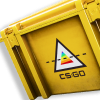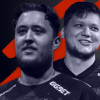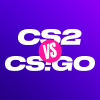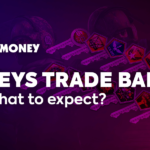When discussing the play style of a 26- or 27-year-old player, commentators often call them a “veteran.” Indeed, pro players often resign before reaching their 30-s. CS.MONEY here to tell you what they might do after finishing their career.
Coaching
The classic situation is when a successful player doesn’t leave the competitive segment of the game but changes their role. They become a coach or manager, helping young players to achieve success by sharing their vast experience. The “ex-player who’s now a coach” is not only an eSports phenomenon. In ordinary sports, it’s almost the most popular source of new coaches.
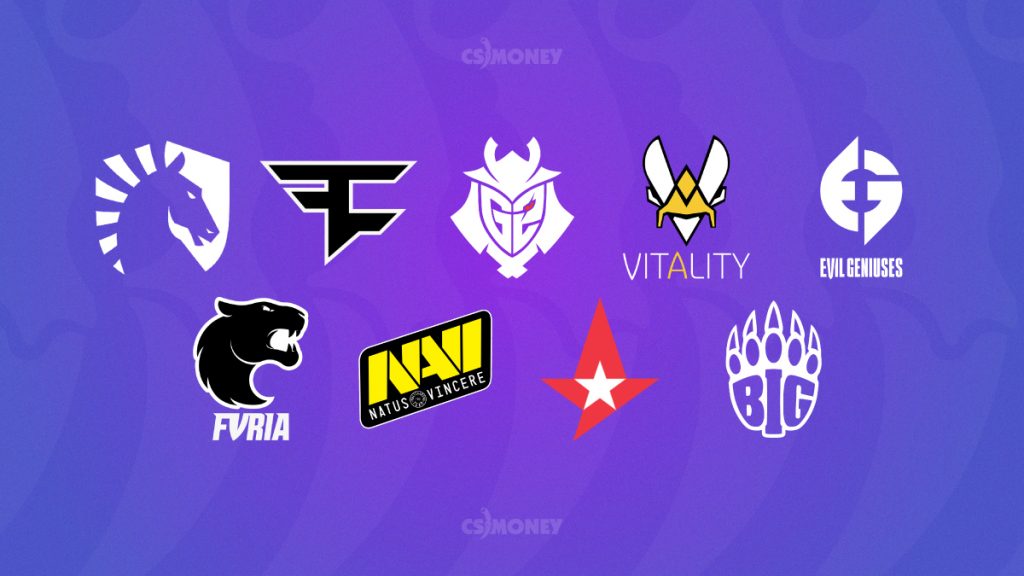
Becoming managers is a less frequent option for former players. It’s not enough to understand the game and have a way with young people for this kind of work, after all; other skills are required as well.
Nine of the ten best teams in the world are trained by ex-players. BIG, Vitality, EG, NAVI, G2, FaZe, Liquid, FURIA, Astralis — all of these and many other teams perform under the guidance of coaches who were once players themselves.
Commentators and Streamers
That’s another popular option to continue a career in your favorite trade. Pro players live under a number of constant pressures: regular training and flights, stress from performing on stage, emotional pressure, and many other factors can result in fatigue from Counter-Strike: Global Offensive.
Converting into a streamer or commentator is a great way to relieve stress but stay in the game. With no need to practice for eight hours a day, seven days a week, players can prevent burnout, while still able to stream their play much to their fans’ delight or share their wisdom with the audience on live events — for years to come.
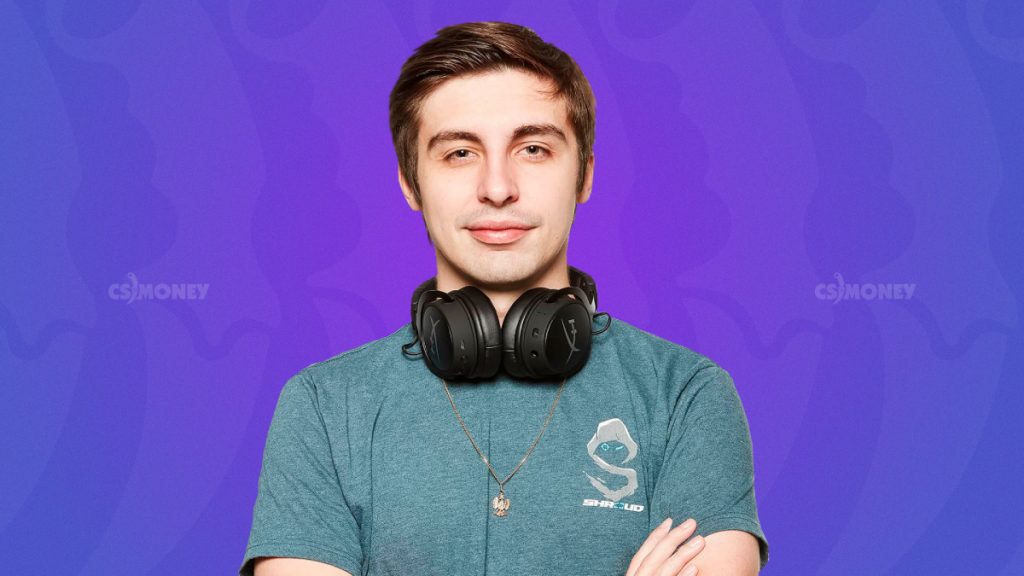
This is the path Mike “shroud” Grzesiek opted for. He used to be one of the best players in the Cloud9 team in Counter-Strike: Global Offensive; now he regularly conducts streams about other popular shooters.
Getting Out of the Picture
Sometimes a former pro player does remain in his favorite trade but disappears from an ordinary fan’s picture. For example, Fatih “gob b” Dake has been defending BIG’s colors for the third consecutive year now. However, while he used to spam headshots in the game, now he holds an organizational position in the same team.

Sometimes the expertise of an experienced player helps when broadcasting a live event. Some former pros work as “cameramen” at tournaments like Dreamhack. It’s thanks to their profound understanding of the game that viewers are always able to see a great picture from the right angle.
Career Outside Esports
Some percentage of ex-players get a job outside virtual competitions, someone still remaining close to the sphere. For example, Alexey “White-Ra” Krupnik, a former StarCraft player, now works with Twitch.
Others simply continue to engage in competitive games, swapping the virtual battlefield for, say, a poker table. This was the case for Randy “Nanonoko” Lew.

Jonathan “Fatal1ty” Wendell opened a company and named it after himself — Fatal1ty. At first, the company sold mats. Over time, it began selling system units, headphones, and other cool accessories for gamers. Jonathan still likes to play and holds streams from time to time.
The career of a pro player is short-lived — many best players leave the scene at the age of 27–28. In ordinary sports, people ascend to the peak of fame at this age! However, early retirement doesn’t mean the end of everything. Many ex-players continue spending time with their favorite game or re-qualify, thus breaking the stereotype about “unskilled” gamers.





